Ever wonder what it's like to work for a national lab? The United States Geological Survey? As a NSF postdoctoral fellow? As a research scientist? In an US faculty position or perhaps overseas? If so, then this early career networking event is for you!
Join us for lunch to network with your colleagues and learn from an esteemed group of panelists, who will also be available to answer any questions you may have.
This event is sponsored by IRIS, UNAVCO, EarthScope, GeoPRISMS, and the AGU Seismology and Geodesy sections.
Space is limited. This event requires registration.
Time and Date: Wednesday, December 16, 12-2 PM
Location: Marriott Marquis (located directly across from Moscone West), Salons 13 and 14
Agenda:
12:00-12:30 PM Arrive, grab lunch, and talk with your fellow participants
12:30-1:10 PM Panelist introduction and advice
1:10-1:40 PM Open Q&A time with panelists
1:40-2:00 PM Discussion and Networking
Any questions? Email Danielle Sumy (danielle.sumy@earthscope.org) or Aisha Morris (morris@unavco.org)
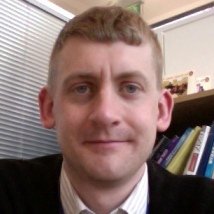 |
Ian Bastow
Senior Lecturer, Imperial College of London
Ian uses seismology to understand Earth structure. He is particularly interested in understanding how continents break up by studying the seismically and volcanically active East African Rift. His research also concerns some of the oldest rocks on Earth in northern Canada. Ian earned an BSc in geophysics, followed by an MRes from the University of Edinburgh between 1996-2001. He studied for a PhD at the University of Leeds in 2005, before gaining post-doctoral experience at the University of South Carolina and the University of Bristol. After winning a Leverhulme Trust Early Career Fellowship while in Bristol, he joined the Department of Earth Science and Engineering as a lecturer in 2012.
|
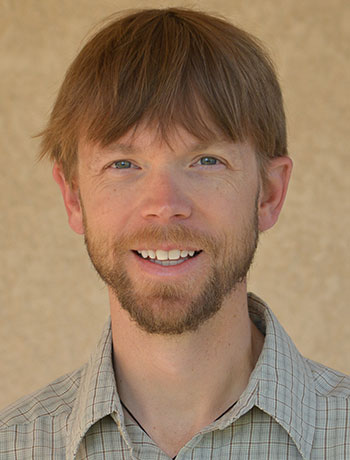 |
Reed Burgette
Assistant Professor, New Mexico State University
EarthScope Distinguished Lecturer
Reed Burgette studies neotectonics on geodetic (years to decades) and geologic (thousands to hundreds of thousands of years) timescales. His research interests center around understanding how deformation is distributed spatially in plate boundary zones, and temporally through the seismic cycle associated with individual structures. For the shorter time scale, Reed uses historical leveling and tide gauge observations as well as GPS and satellite altimetry to measure vertical deformation rates. He uses high resolution observations of topography coupled with Quaternary dating methods to measure deformation rates averaged over multiple seismic cycles. Reed's group is working along the west coast of the U.S., in the Tien Shan mountains of central Asia, and locally in the Rio Grande Rift. He received a B.A. in Geology and Biology at Whitman College. Reed’s interests in seismic hazards and understanding how active faults work led to a Ph.D. at the University of Oregon. He then worked as post-doctoral researcher at the University of Tasmania, applying satellite geodesy to questions of crustal deformation, sea level rise, and Antarctic ice sheet mass balance. He joined the faculty of New Mexico State University in 2013.
|
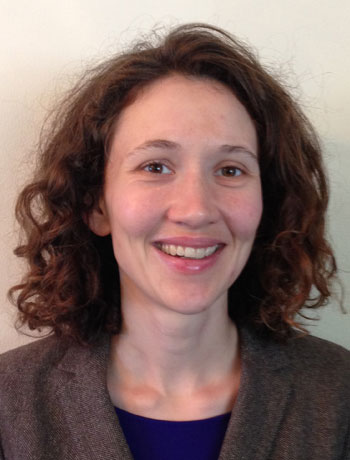 |
Melodie French
NSF Postdoctoral Fellow, University of Maryland, College Park
EarthScope Distinguished Lecturer
Melodie French is an NSF Earth Sciences Postdoctoral Fellow at the University of Maryland, College Park. She is interested in the mechanical and fluid transport properties of fault zones using methods from experimental rock deformation and structural geology with particular concern for constraining seismic hazards. Her work is focused on determining how mechanical properties, fluid flow, and rock fabric lead to diverse fault slip behavior. Ongoing projects include: creep and seismic slip mechanisms in fault rock recovered from 2.7 km depth during the San Andreas Fault Observatory at Depth (SAFOD), the controls of fluid pressure on shear deformation of subduction zone rocks at the conditions of episodic tremor and slip (ETS), and fluid-injection triggered seismicity. Melodie received her B.A. in Physics with a minor in Geology from Oberlin College, an M.S. in Geology from the University of Wisconsin, Madison, and a Ph.D. in Geophysics from Texas A&M University.
|
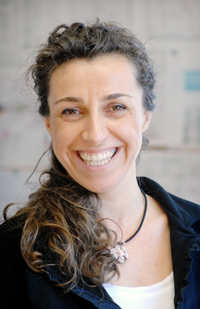 |
Beatrice Magnani
Associate Professor, Southern Methodist University
GeoPRISMS Distinguished Lecturer
Beatrice Magnani is an Associate Professor at Southern Methodist University. Her research focuses mainly on the study of continental lithosphere formation and evolution through active source seismic investigation, both on land and marine. Investigating the continental lithosphere poses an exceptional challenge because unlike the oceanic lithosphere, the continental lithosphere does not have a common mode of origin, as it is an assemblage of diverse compositional elements with different thermal and tectonic histories. Ongoing projects include the Eastern North America Margin (ENAM) Community Seismic Experiment, which is an on-shore/off-shore seismic experiment, characterizing the geometry and time of deformation of the Meeman-Shelby Fault near Memphis, Tennessee, and understanding the long-term deformation of the Mississippi Embayment.
|
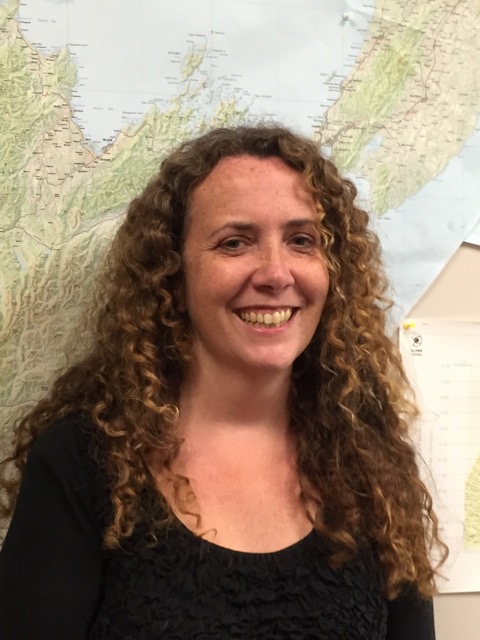 |
Laura Wallace
Research Scientist, University of Texas at Austin
GeoPRISMS Distinguished Lecturer
Dr. Laura Wallace is a Research Scientist at the University of Texas Institute for Geophysics. Laura uses geodetic methods to investigate deformation of the Earth’s crust at plate boundaries, with a particular focus on subduction zones. She undertakes research at various locations in the western Pacific. She is particularly interested in understanding the physical mechanisms that control subduction thrust earthquakes and slow slip events. She is currently leading a large-scale international project to deploy ocean bottom seismometers and seafloor geodetic instruments to investigate slow slip events offshore New Zealand. Prior to her arrival at the University of Texas, Laura was a research scientist at GNS Science in New Zealand for nearly a decade.
|
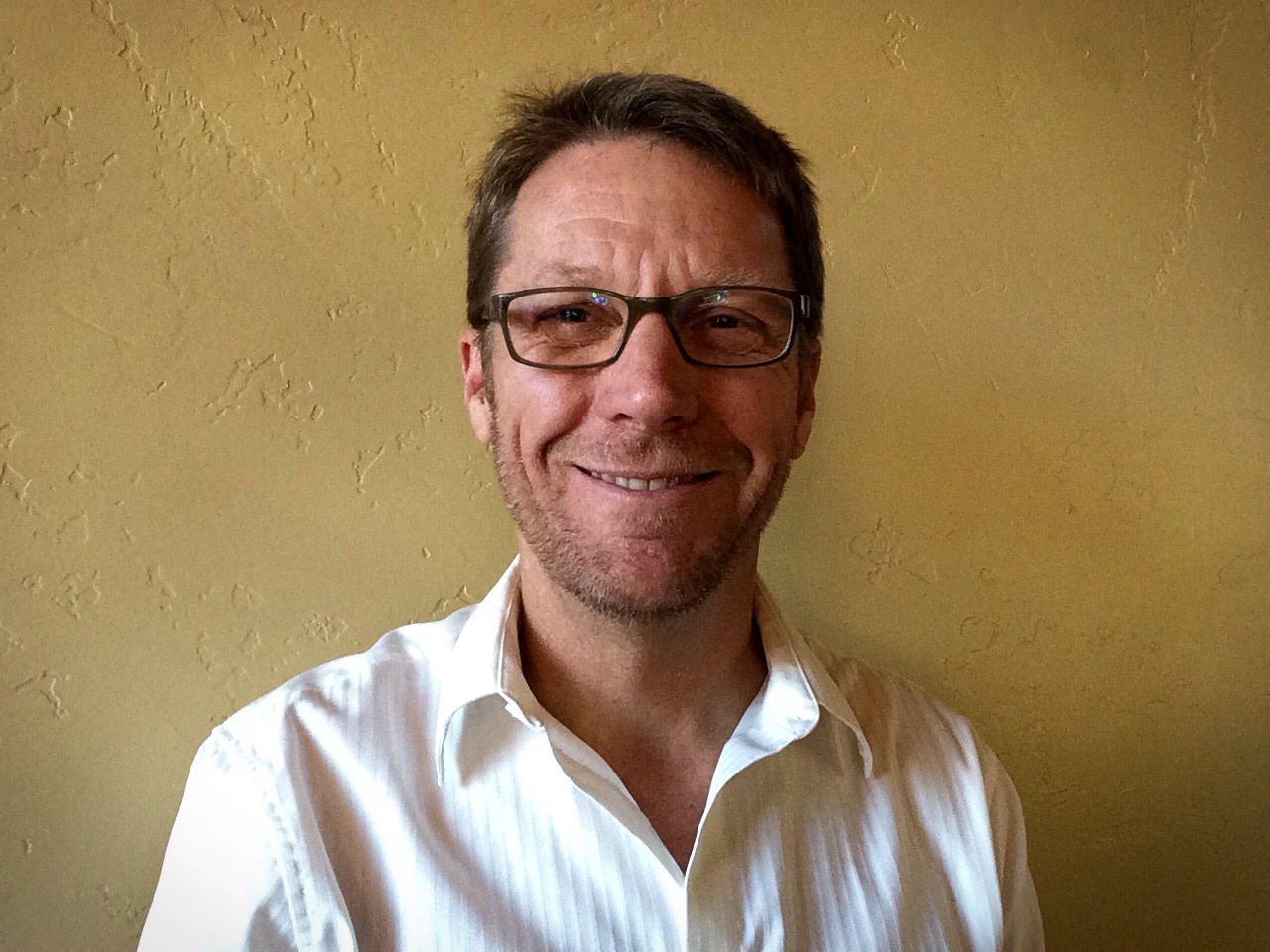 |
Chet Weiss
Principal R&D Geophysicist, Sandia National Laboratories
Chester (Chet) Weiss is a Principal R&D Geophysicist at Sandia National Laboratories in Albuquerque NM with an Adjunct appointment of Associate Professor in the Earth and Planetary Sciences Department at the University of New Mexico (2014 - present). His research interests revolve around computational geophysics with an emphasis on simulating the propagation of electromagnetic (EM) fields through the Earth, from the shallow near-surface to the deep mantle. The distinctive interaction of EM fields with fluids and melt in the subsurface provides a valuable petrophysical constraint for geologic imaging and interpretation, and this has enabled a broad application of EM methods to problems in resource exploration, crustal studies and global scale geodynamics. Chet earned his BS in Physics from the University of Arizona (1992) and a PhD in Geophysics from Texas A&M University (1998). From 1999-2006 he was a staff geophysicist at Sandia National Labs and from 2007–2014 was an Associate Professor of Geophysics at Virginia Tech. Honor and sabbaticals include University of Cambridge (Visiting Scholar, Institute for Theoretical Geophysics, 1996), Scripps Institution of Oceanography (Green’s Fellow, 2003) and BP Houston (Scholar in Residence, 2007).
|
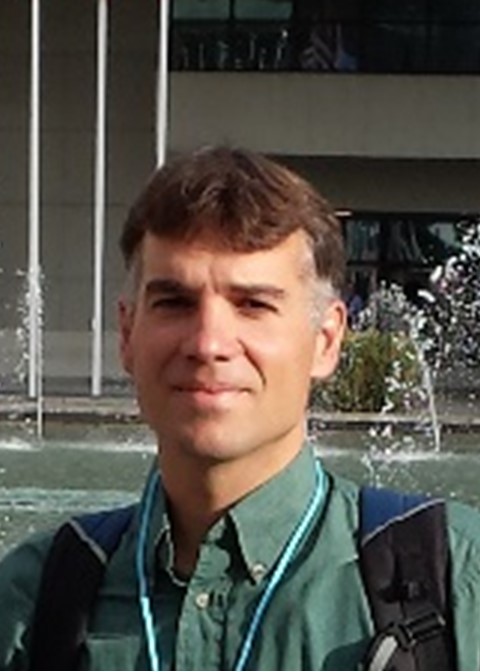 |
Dave Wilson
Scientist-in-Charge, Albuquerque Seismological Laboratory
United States Geological Survey
Dave is the Albuquerque Seismological Laboratory (ASL) Scientist-in-Charge where he oversees the operation of the USGS-portion of the Global Seismographic Network (GSN), the ANSS backbone network, and two regional seismic networks. The ASL also runs the ANSS depot, a facility to support ANSS networks and maintains an instrument facility for the development, testing, and evaluation of seismological equipment. Prior to making the move to the ASL, Dave started his USGS career as the seismic network manager at the Hawaiian Volcano Observatory. Dave earned his Ph.D. from New Mexico Institute of Mining and Technology in 2004, and was a postdoctoral fellow at the University of Texas at Austin. Dave’s Ph.D. and postdoc research focused on innovative methods for creating images of the crust and upper mantle beneath the Colorado Plateau, Rio Grande rift, Great Plains, and Rivera Subduction Zone. Dave received a M.S and B.S. in Geological Sciences from Indiana University, Bloomington, IN, and worked for several years at BP Amoco before returning to school for Ph.D. work.
|
This form is closed as of 12/09/15 23:59







